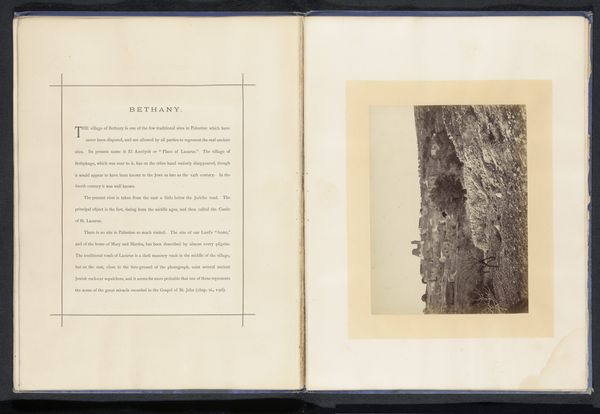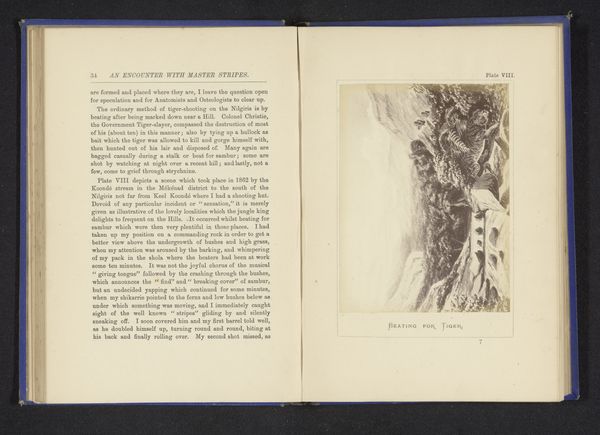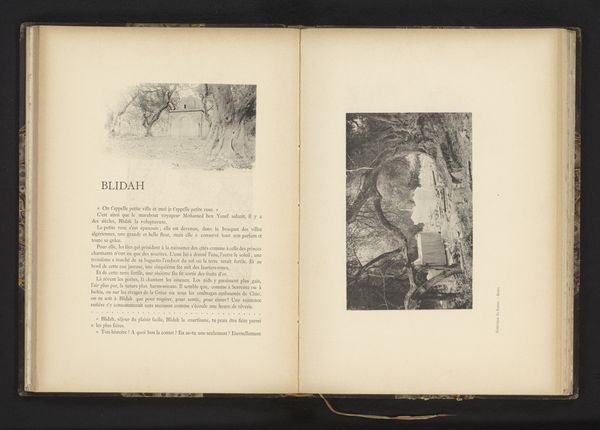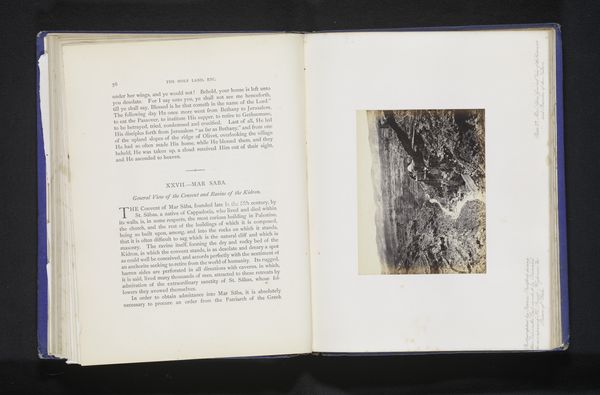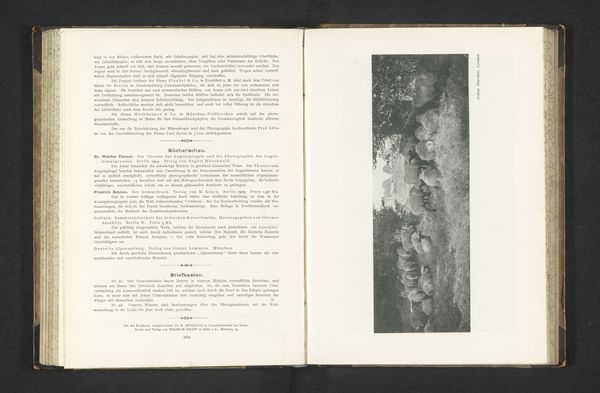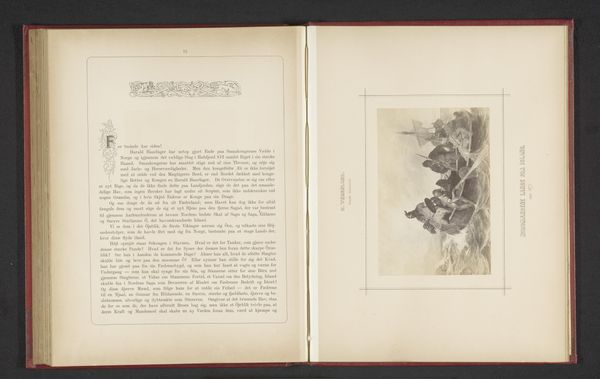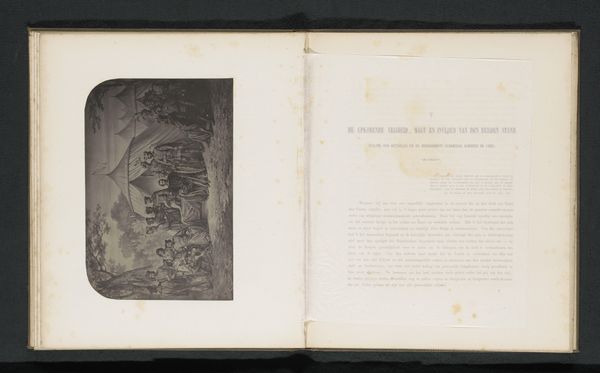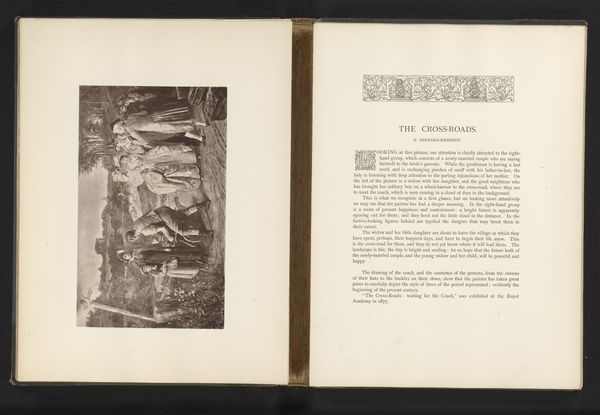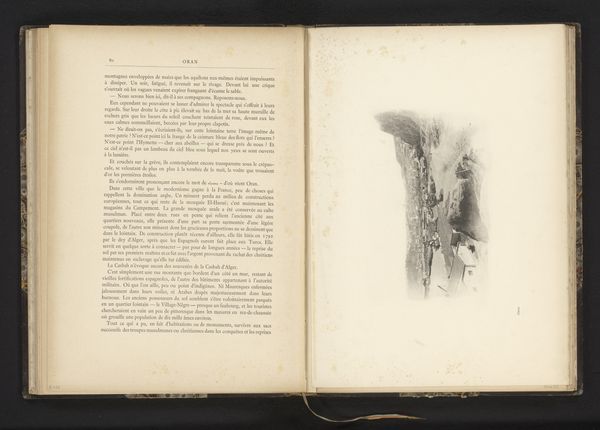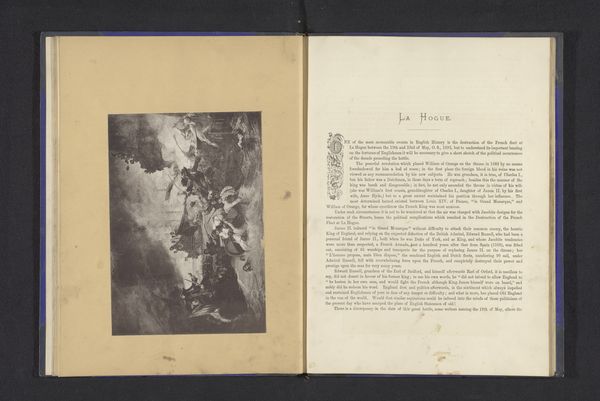
print, photography, gelatin-silver-print
# print
#
landscape
#
photography
#
orientalism
#
gelatin-silver-print
Dimensions: height 142 mm, width 202 mm
Copyright: Rijks Museum: Open Domain
Editor: Here we have “View of the Church of the Holy Sepulchre in Jerusalem,” a gelatin-silver print from around 1870-1875, attributed to Horatio Herbert Kitchener. I am struck by the almost brutal, textural quality of the print. What strikes you most about this work? Curator: It’s crucial to understand this gelatin-silver print not just as a window onto Jerusalem, but as a commodity, a product of its time. The Orientalist style itself was fueled by European interests in accessing and possessing the ‘Orient’, both literally and representationally. The materiality of photography, its relatively quick and replicable nature, served those interests. Does thinking about the conditions that enabled the work's production change your view? Editor: Definitely! It makes me think about who had access to this technology at the time, and what role these prints played in shaping perceptions of the Holy Land. Curator: Exactly. And how the labor involved in both taking the photograph and producing these prints for mass consumption contributes to a market, and potentially to distorted images of foreign territories. The starkness you noticed could even be connected to the harsh realities of the colonial gaze itself. It suggests power dynamics, consumption, and the shaping of global views through accessible, repeatable images. Editor: That's a powerful way to think about it. I was focusing on the image itself, but now I'm considering the entire process, from the capture to its eventual distribution, as part of its meaning. I hadn’t thought about its material accessibility as a mode of colonial enterprise! Curator: Indeed. Considering this print alongside other material forms – trade routes, travelogues, even military expeditions – provides a much richer understanding. So next time you engage with a work of art, reflect on not just WHAT it depicts, but HOW and WHY it was made available in its material form. Editor: Thanks for guiding me, it opened my mind to how even landscape photography could embed layers of meanings far beyond the beautiful landscape it seeks to picture.
Comments
No comments
Be the first to comment and join the conversation on the ultimate creative platform.
